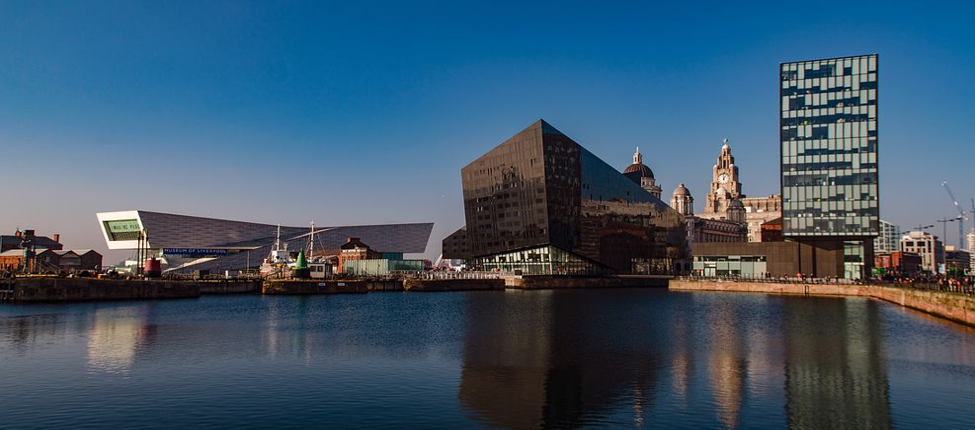
Liverpool is home to one of Britain’s biggest industrial heritages. In fact, Liverpool took its place within the industrial revolution when it became a major port. This made it a hub for diversity and culture as people from all over the world travelled into England through Liverpool. The city is a haven for music-lovers and produced great musical groups like The Beatles, The Who and The Kinks. Liverpool is also considered to be a cultural hub in both England and Europe, with numerous art galleries, museums, and a vibrant nightlife. Here are some of the city’s highlights to inspire you on your next trip to Liverpool.
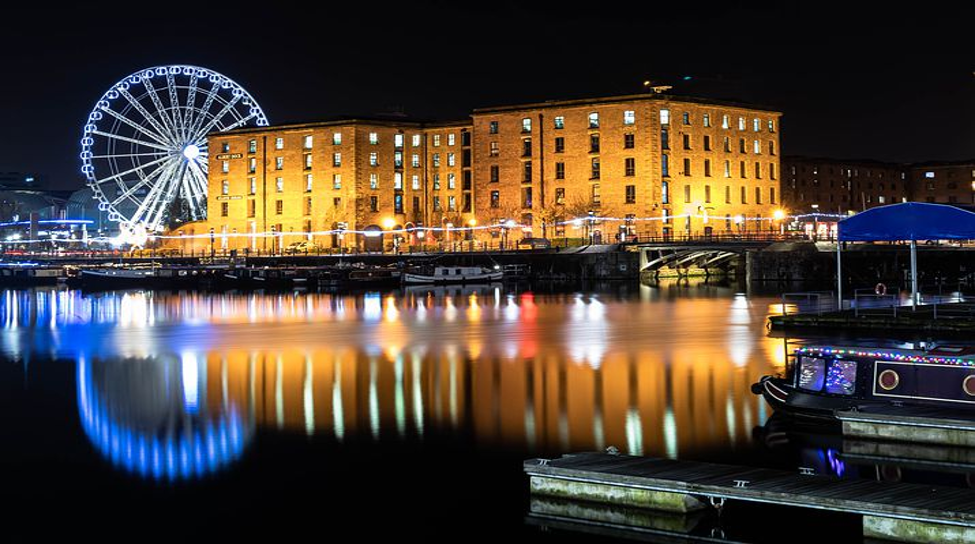
1. Albert Dock
One of Liverpool’s most aesthetically stunning attractions, Albert Dock, should be right at the top of any visitor’s list because of its rich industrial history. Not only is the Dock a World Heritage Site waterfront, it is made up of docks and warehouses along the waterfront – housing the largest collection of Grade I listed buildings in the country. Standing since 1846, Albert Dock was the first non-combustible warehouse system in the world – since the complex used iron and brick instead of wood. Hydraulic cranes hauled heavy cargoes across the flagstones so the speed with which ships unloaded and turned over was cut in half.
The dock’s serene waters stretch the size of three football fields, and construction cost the equivalent of 41 million today. From maritime to the arts, the Mersey has always played a central role in the city’s cultural life and the Dock’s vast size stamped its imprint on the waterfront we know and love.
Today, Albert Dock is a heritage site that attracts around 4,000,000 tourists every year. This is a great place to find entertainment and food as well as explore the well-preserved history of this maritime city. A number of Liverpool’s most popular attractions can be found here.
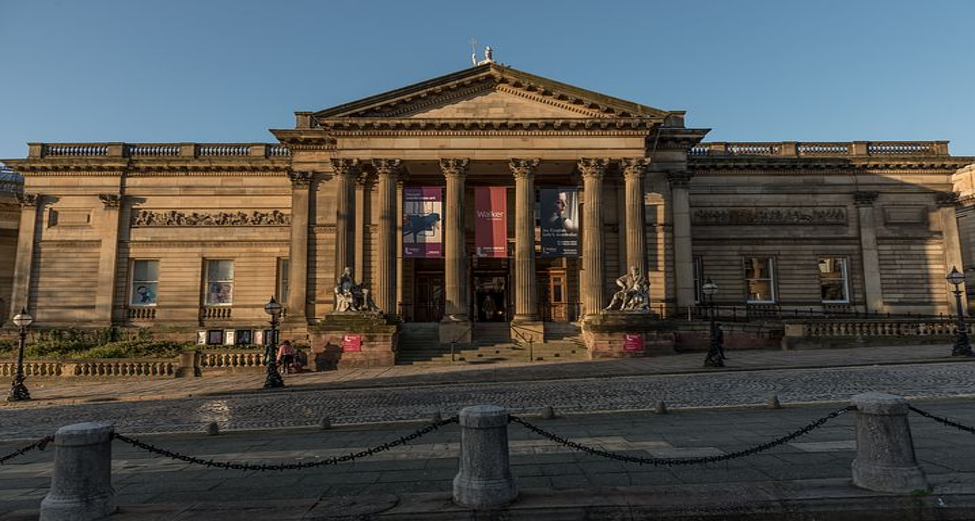
2. Walker Art Gallery
Home to one of Britain’s largest art collections, the Walker Art Gallery is a must-visit attraction in Liverpool. The gallery features European art dating back to the 14th century including work by Rembrandt and Hockney and holds an extensive number of paintings as well as sculpture and even fashion. This diversity makes it a wonderful cultural hub. There are regular events and displays to explore, as well as family workshops and daily tours.
With one of the most extensive art collections in the country outside of London, Walker Art Gallery is a great way to spend an afternoon – a delightful place to learn about art and history in beautiful Liverpool.
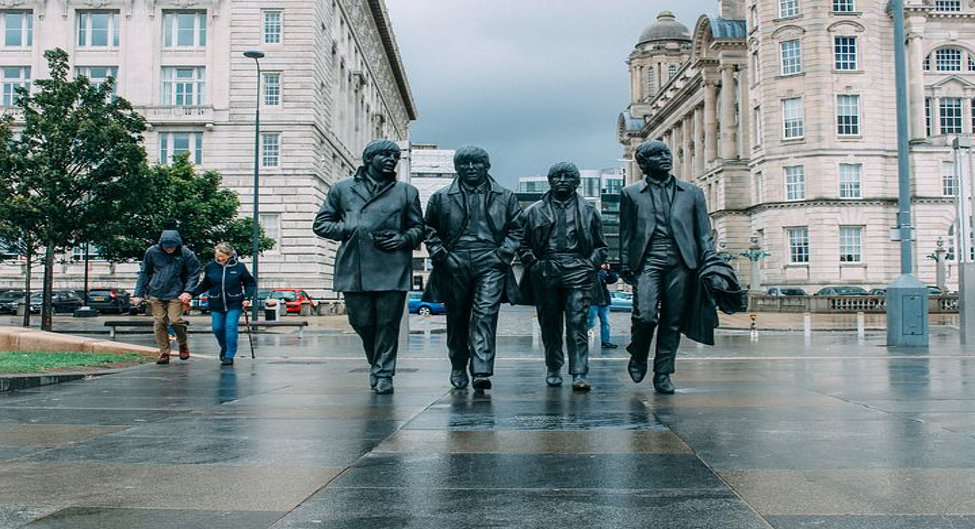
3. Beatles Story
This award-winning attraction tells the story of four lads from Liverpool who went on to form one of the most successful bands in the world. This exhibit takes us from the Beatles’ humble beginnings through the height of their careers, their solo careers and John and George’s deaths.
This is the most comprehensive Beatles exhibition you’ll visit. For music fans, a visit to Liverpool wouldn’t be complete without experiencing The Beatles Story. It is dedicated to telling the history and influence of the international phenomenon, The Beatles. The exhibition features a range of artefacts from the Beatles and their career, including John Lennon’s round glasses, George Harrison’s first guitar, rare photographs and other memorabilia, their rise in popularity – becoming the ‘British Invasion’, and each of the members’ solo careers.
The Cavern Club is infamous in the music scene as the home of The Beatles during their early years. In 1957 The Cavern Club opened as a jazz club but quickly became the hub of rock and roll during the 1960s. John Lennon, Paul McCartney and George Harrison each played here with former bands before forming The Beatles. And, as a group, The Beatles performed at the Cavern Club nearly 300 times in two years. The club also hosted other giants such as The Rolling Stones, Queen, Elton John and The Who before being shut down in the early 1970s. However, it was rebuilt in 1984 using the original bricks and floor plans. Needless to say, this club is considered a staple of Liverpool culture and history and is well worth your time to see.
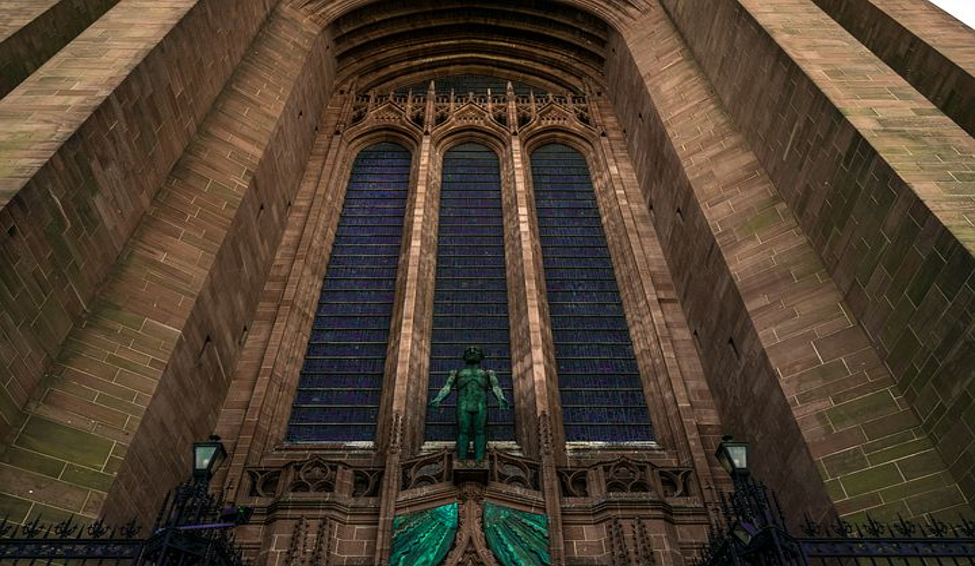
4. Liverpool Cathedral
Built in 1904 (and redesigned many times since then), Liverpool’s monumental and stunning cathedral is the largest in the United Kingdom and the fifth largest in the world – making it a national treasure. The cathedral has England’s largest organ and contains the world’s widest and tallest gothic-style arches. Liverpool Cathedral is the longest in the world with an external length of 189 meters.
The cathedral was originally designed by Giles Gilbert Scott who also designed Battersea Power Station in London, and England’s iconic red telephone box. Entry to the cathedral is free and it hosts a variety of community events and services. Stick around long enough to hear the bells ringing, as they are the highest worldwide. And… let’s not forget to mention those spectacular views of the city from its tower.
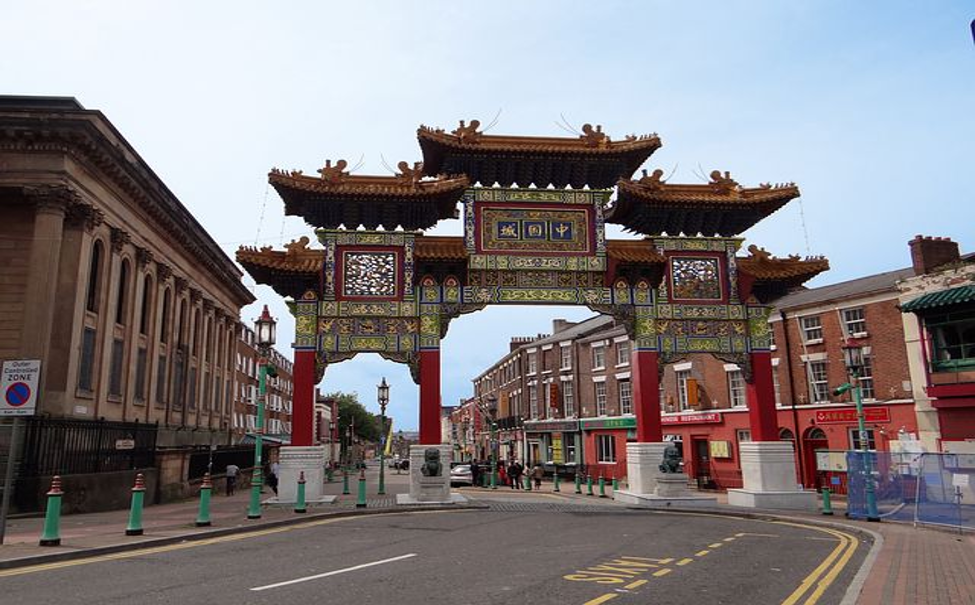
5. Liverpool’s Chinatown
Chinatown is an area of Liverpool that is an ethnic home to Europe’s oldest Chinese community. It is located south of the city’s center and has an impressive range of Chinese businesses, eateries, supermarkets and facilities for the Chinese community.
Enter through the Chinatown Gate – this unmissable arch is the largest of its kind outside of China and originally built in Shanghai, Liverpool’s twin city. The streets here are named in both English and Chinese and decorated with beautiful lanterns.
You and your family can grab a bite to eat here to experience some authentic East Asian food. Or if you want to cook your own, stop by Chung Wah Supermarket to pick up some fresh produce and Chinese specialties. This is a guaranteed experience you will not forget.
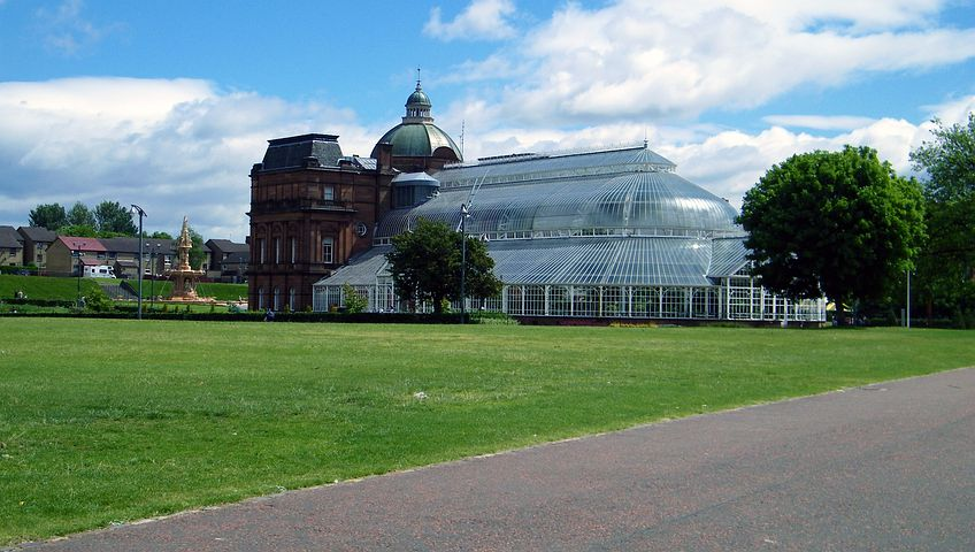
6. Sefton Park and the Palm House
Sefton Park is one of Liverpool’s largest public parks and is classified as a Grade One park by English Heritage. The park looks like a natural landscape rather than a man-made park – with it’s millions of golden daffodils and carpets of bluebells growing near the lake. It consists of 235 acres that features many distinctive curved paths and driveways and indigenous British trees. Among the park’s many features are a boating lake, statues of Eros and Peter Pan and a cafe.
Sefton Park contains a number of historic features. One is the Palm House, a conservatory built in 1896 to showcase exotic plants. When you visit the Palm House, you will see a number of historic statues and gorgeous architecture. In addition, Sefton Park features a Victorian bandstand considered to be the inspiration for the Beatles song ‘Sgt Pepper’s Lonely Hearts Club Band’. Come to Sefton Park for a relaxing day in the park or to attend one of the many regular events held here.
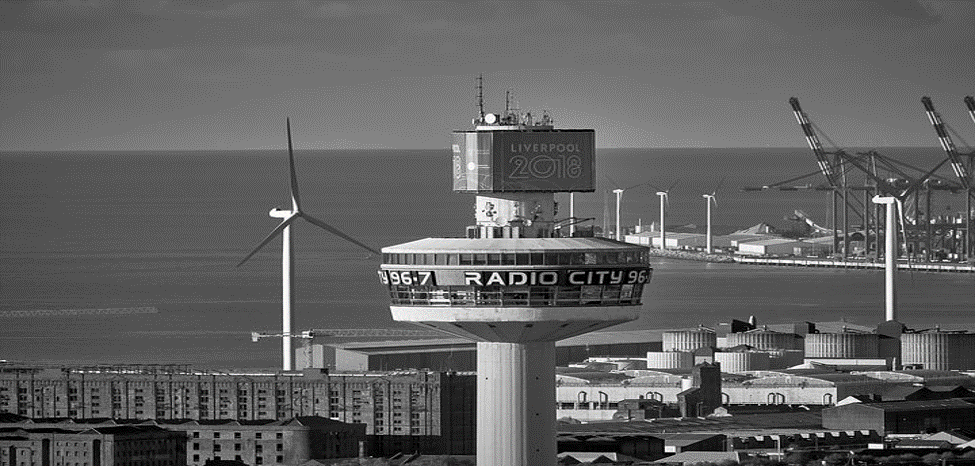
7. Radio City Tower
The Radio City Tower is Liverpool’s world-famous radio tower. Built in 1969, the tower originally had a revolving restaurant at the top. Today, there is an observation deck open for visitors and the rest of the building is mostly used by radio stations.
Take an elevator to the top for what is simply the best panoramic view of Liverpool. At 400 feet above the city, the 360-degree views are breathtaking. On clear days you can see Wales and the Cumbrian Hills from the tower. What an awesome experience – to stand in a historic piece of Liverpool and behold such amazing views.
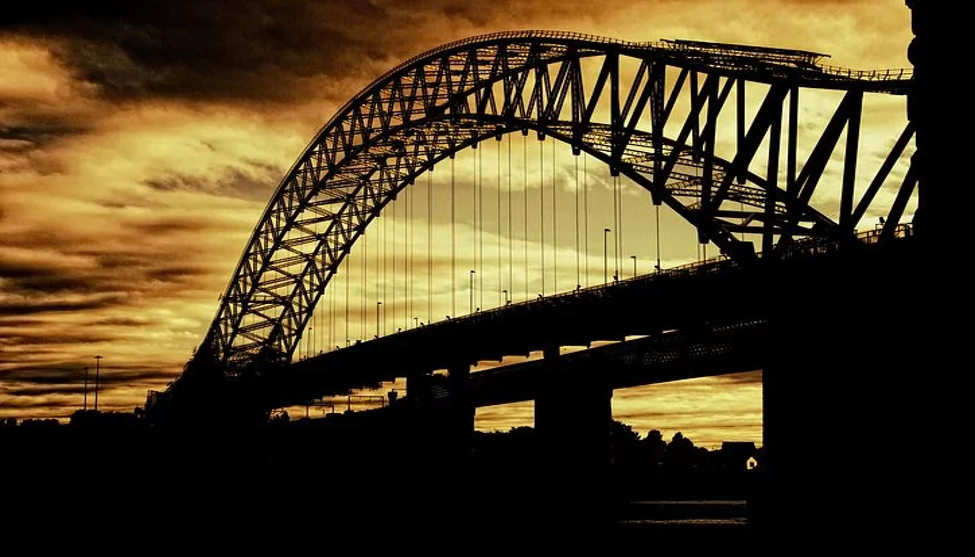
8. Silver Jubilee Bridge
The iconic Silver Jubilee Bridge near Liverpool is a must-see attraction. It spans 482 meters long and is 87 meters tall. It features a single arch that spans 361 yards and is highly photogenic – with gleaming architecture that seems to shine in all weather. The Silver Jubilee Bridge crosses the River Mersey and is a landmark of the Merseyside area and the Manchester Ship Canal at Runcorn Gap between Runcorn and Widnes in Halton, England.
Bridge is quite a sight to behold – acting as an entrance to Liverpool and the surrounding area. It was opened in 1961 as a replacement for the Widnes-Runcorn Transporter Bridge and stands tall and proud against the English landscape.




